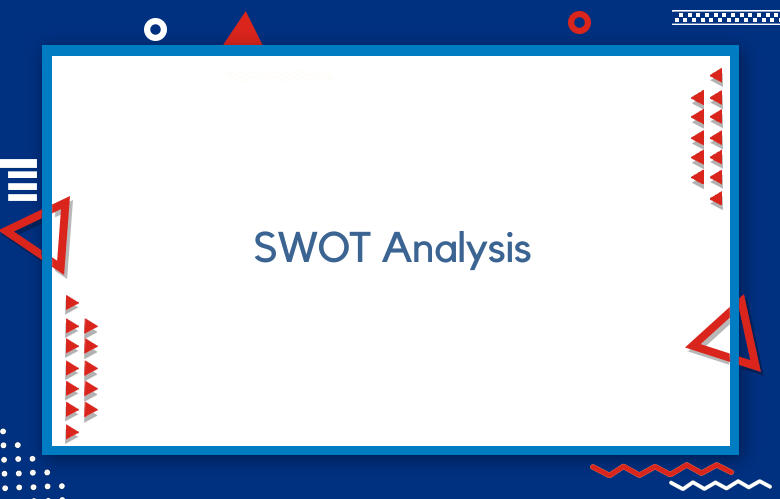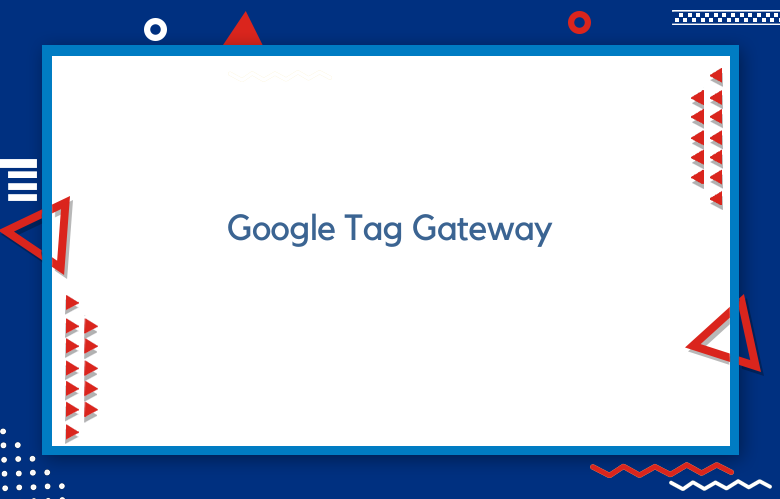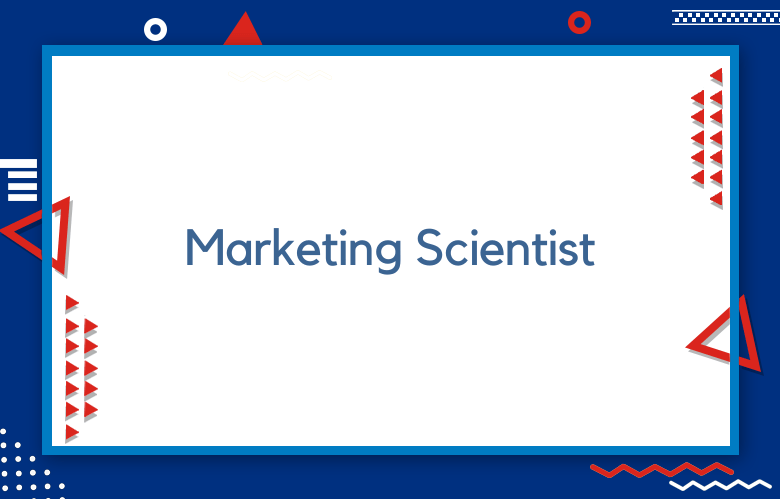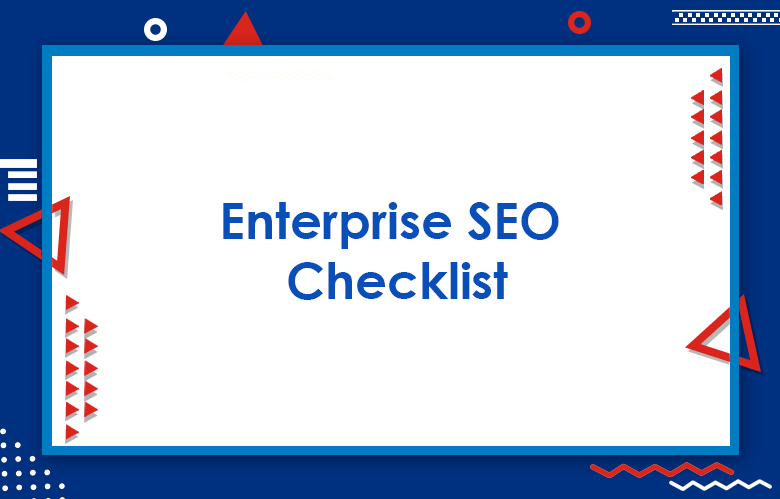SWOT Analysis: How does SWOT Analysis Help Businesses?

SWOT analysis is a framework for analyzing a company’s competitive position. Companies use this tool to identify the internal and external factors that can impact their business.
The acronym SWOT stands for Strengths, Weaknesses, Opportunities, and Threats. It’s a great way to analyze the strengths and weaknesses of your organization.
Identify potential threats and exploit available opportunities. We’ll explain a SWOT Analysis, its essentials, and how to use it to benefit your business.
What can we do with the Results?
Once you have completed your SWOT analysis, it’s time to use the data to make informed decisions about your business strategy. Using the data from your analysis, you should be able to determine.
Which areas need improvement or resources? You can also identify new opportunities in the market that could lead to increased sales or improved customer satisfaction levels.
Understanding potential threats can help you create contingency plans for unexpected changes in the marketplace to remain agile enough to adapt quickly if needed.
How does SWOT Analysis work?
A SWOT analysis typically begins with a company taking stock of its internal strengths and weaknesses. This can involve anything from evaluating the quality of your products or services to assessing your financial health or employee morale.
Once you understand your internal situation well, you can focus on external factors. This includes opportunities, such as new markets or untapped customer segments, as well as threats, such as industry disruptors or changes in government regulation.
By looking honestly at your internal and external situation, you can clearly understand where your business stands and what it needs to do to achieve its goals. This information can be used to create strategies for growth or address specific problems that are holding your business back.
Why is SWOT Analysis critical?
A SWOT Analysis can help businesses gain insight into areas where they may need to focus more attention or make changes to be successful; it can also help them identify potential opportunities.
That may have yet to be previously considered. This can give businesses an edge over competitors who must take advantage of these opportunities or be aware of them.
This analysis can help organizations anticipate potential threats and prepare for them in advance, so they know when something unexpected happens in the marketplace.
How can We use SWOT Analysis?
You can implement a SWOT Analysis into your business strategy in many ways. For example, you could use it to evaluate your competitive position.
In the market or pinpoint areas where you could improve efficiency and productivity within your organization.
Strengths
The first step in a SWOT analysis is identifying your company’s strengths. These are the factors that give your company an advantage over its competitors.
Some examples of forces include a well-known brand, low production costs, or a loyal customer base.
Once you have identified your company’s strengths, you can use them to your advantage in developing marketing and business strategies.
Weaknesses
Next, you must identify your company’s weaknesses. These factors put your company at a disadvantage compared to its competitors.
Some examples of defects include a limited product line, high production costs, or a lack of name recognition.
Once you have identified your company’s weaknesses, you can develop strategies to overcome them.
Opportunities
After identifying your company’s strengths and weaknesses, you must look for opportunities to help you improve your business. These are external factors that could be used to your advantage.
Some examples of options include changes in the marketplace or the introduction of new technology.
By taking advantage of opportunities, you can improve your company’s position in the market.
Threats
Last, you must identify any threats that could impact your business negatively. These are external factors that could put your company at risk.
Some examples of threats include a new competitor entering the market or changes in consumer behavior.
By identifying potential threats early on, you can take steps to protect your business from them.
How does SWOT Analysis help Businesses?
By utilizing a SWOT Analysis, organizations can identify problems they wouldn’t have been able to recognize otherwise. This helps them develop effective strategies.
To address those problems quickly and efficiently. By understanding their strengths and weaknesses, organizations can focus their energy on areas where they excel while addressing any deficiencies.
Utilizing a SWOT Analysis helps organizations plan for future growth while avoiding potential risks that could negatively affect their operations or profitability.
Benefits of SWOT Analysis
It helps to Identify Strengths and Weaknesses
One of the primary benefits of SWOT analysis is that it helps organizations identify their strengths and weaknesses.
This self-awareness can be extremely valuable as it allows organizations to focus on areas.
Where they are strong and take steps to improve areas where they are weak.
Helps to identify Opportunities and Threats
SWOT analysis also helps organizations identify opportunities and threats they may face.
By being aware of these external factors, organizations can make better decisions about capitalizing on opportunities and mitigating risks.
Facilitates better Decision-Making
Because SWOT analysis considers internal and external factors, it can help organizations make more informed and strategic decisions.
With a clear understanding of their strengths, weaknesses, opportunities, and threats, organizations can make decisions more likely to lead to success.
Encourages Creative Thinking
SWOT analysis can also encourage creative thinking, forcing individuals to look at their organization from multiple perspectives.
This can help individuals develop new ideas and solutions they may not have considered.
Helps to Prioritize Goals
SWOT analysis can also help prioritize goals by considering them with all the factors involved.
Organizations can develop a plan of action that is more likely to lead to success.
Used at Any Time
Another benefit of SWOT analysis is that it can be used anytime, Whether an organization.
Whether it is just starting or has been in business for many years, SWOT analysis can be a helpful tool in making decisions about the future.
Flexible
SWOT analysis is also flexible in that it can be adapted to any situation. Whether an organization is large or small, public or private,
For-profit or nonprofit, SWOT analysis can help decide the best action.
Inexpensive
Compared to other planning tools and techniques, SWOT analysis is relatively inexpensive.
It does not require expensive software or consultants; all needed is a pen and paper (or a whiteboard).
Any Organization can use it.
SWOT analysis is not just for businesses; any organization can use it in manufacturing or service industries.
Whether for-profit or nonprofit, SWOT analysis can be a helpful tool in making decisions about the future.
Conclusion
SWOT analysis is a powerful tool to help companies understand their competitive market position. It can also help make decisions about strategic planning, product development, marketing, and even sales.
When using SWOT analysis, it is essential to remember that it should not be used as the sole basis for making decisions but as one input among many in the decision-making process.
If you’re looking for help with your marketing strategy or need assistance with your next big project, contact Metric Marketing today. Our team of experts would be happy to help you create a winning plan./Thank you for reading! We hope this article was helpful.
Call: +91 9848321284
Email: [email protected]



